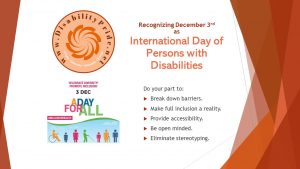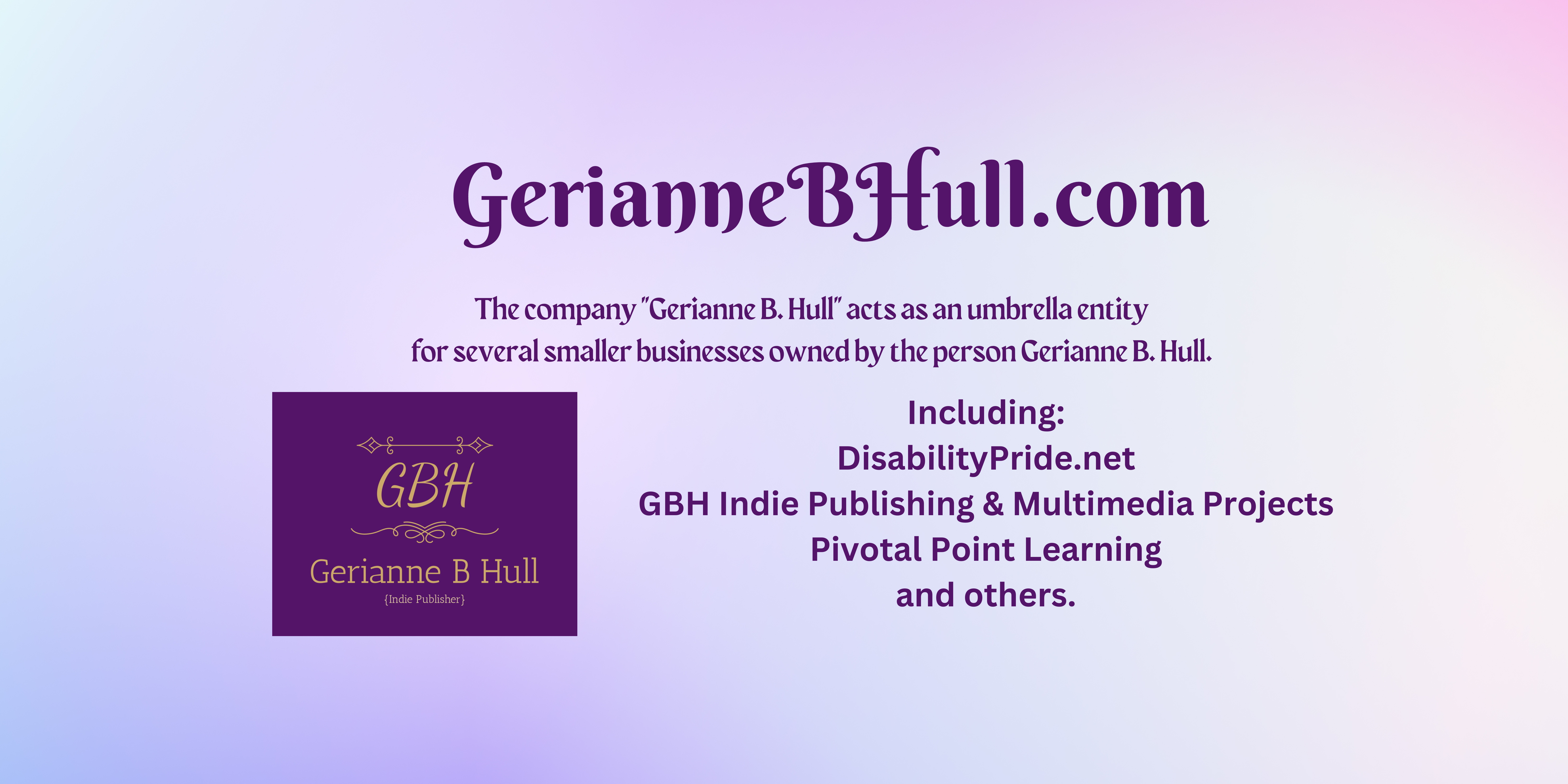By Mary Wilson
 [responsivevoice_button voice=”US English Female” buttontext=”Listen to Post”]
[responsivevoice_button voice=”US English Female” buttontext=”Listen to Post”]
The topic for this year’s International Day of People with Disabilities is “Not all disabilities are visible.” The awareness and discussion of invisible disabilities is close to my heart and always on my mind. Invisible disabilities are varied and, as the name suggests, frequently hidden. This makes them hard to broadly define and changes the conversation around what disability means. There is still significant stigma around mental illness, neurological disorders, and other disabilities that have not immediately identifiable components.
I, personally, define disability as something inherent to a person that disables their interactions with and inclusion in society. It’s not just about encountering barriers to physical spaces, it’s not about medical issues that require frequent intervention or monitoring. It goes far beyond and far deeper than the physical and medical aspects of illness, injury, or other bodily variations. It is something unchangeable about a person that makes their inclusion and participation in every day activities impossible, unlikely or difficult.
I am the parent of two children with invisible disabilities. Labeling my children as disabled is still something I struggle with and frequently just dance around while juggling multiple medications, specialists, appointments, classroom and learning adaptations and ensuring that my kids have the emotional support and tools to deal with the knowledge that they are “different.”
My struggle with the label comes from a feeling of not having earned the right to it. Because our needs and challenges aren’t “serious” or severe even though we deal with them every hour of every day, my kids don’t face major barriers to access, they can play and socialize and attend class. They have what I would consider “passing rights” as non-disabled which I’ve internalized as having less claim to the label and being reluctant to use it. I have met numerous families who have faced SIGNIFICANT barriers to their inclusion in activities I and my children take for granted and I feel like appropriating the label, even in the context of disability pride, may not be the most sensitive thing to do.
This is a common problem amongst people with invisible disabilities. Because they don’t have to face obvious physical barriers, because some days their disability doesn’t affect their lives much, because the world outside their closest circle doesn’t perceive them as “other” those with invisible disabilities are prone to rejecting or downplaying the label of “disabled.” As my involvement in the disability pride movement has grown, my relationship with the label has changed.
Being able to embrace the label “disabled” is a journey and an adventure. Making sure my children are able to share that label with people we love and admire is a privilege. I will continue to grow my relationship with invisible disabilities and with my children, allowing the experience of parenting to develop under the lens of invisible disability. I will allow my children to chose their own labels and develop their own relationships with their bodies and minds, to explore what makes them disabled and identify how their disability provides them a unique viewpoint and experience.
